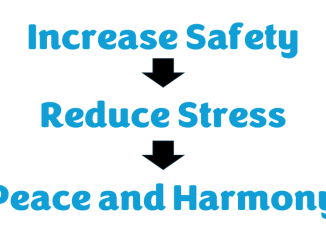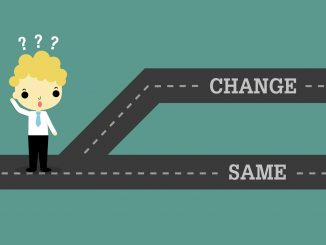There is absolutely no doubt that if we are going to build depth in our relationship we must validate each other’s emotions (or ‘feelings’ if you prefer) and experience.
Validation is what allows us to show that we respect each other as people, that how you feel in this moment is accepted, and that the way you feel is valid.
It is not agreement, it is exactly what you need when you can’t agree – as I have outlined in this article.
Despite validation being an easy thing to give (in theory anyway), some people do struggle with the concept because they were never taught it, and perhaps have never been exposed to it.
So, here’s a bit of a quick guide to Validation to get you started:
- You express that the other person’s experience/feelings/point of view is valid and accepted
- You seek clarification when unsure about how someone is feeling
- You work to show that differences are OK
- You try to understand the differences in feelings/opinions between you both
- Listen and pay attention to what they are saying/expressing to you
- Accept that the other person might have different wants/needs than you
- Avoid judgments
- Acknowledge the other person’s point of view (even if you don’t agree)
And here are a few do-not-dos as well:
- Disregard the other person’s feelings or opinion
- Don’t allow the other person to express themselves
- Dismiss the other person’s experience/feelings/perspective
- Be overly defensive
- Go straight to problem-solving
- Diminish or play down the person’s point of view or reality (like saying “Well, at least it’s not…”)
Key Points about Validation:
- Validating another person is affirming the worth of their feelings
- Validating someone’s emotional experience does not necessarily mean you agree with it
- You can communicate that someone’s emotion is valid without liking the emotion
- Avoid becoming defensive or offering unsolicited advice
- If you are the target of the emotion, try to accept responsibility for at least a small part of the complaint
- If you have an idea of how to solve their problem, ask: “Do you want my help with this problem?” If the answer is “No,” just focus on listening
- Reflect the Feeling. “I can see you’re really upset.” “This must be so painful.”
- Summarize the experience. “I totally understand that you’re upset because of what happened.” “This must be so painful, it’s devastating to experience such a loss.”
- Studies show that people who are validated are less likely to respond with an emotional response
Remember, always try to validate whatever is valid, especially what is valid to the other person – this might be even just the way that they feel at that moment e.g. “It’s OK that you’re frustrated at this moment, so am I”.
And, if you’d like to know a whole lot more about validation, please feel free to watch these really handy validation videos.



